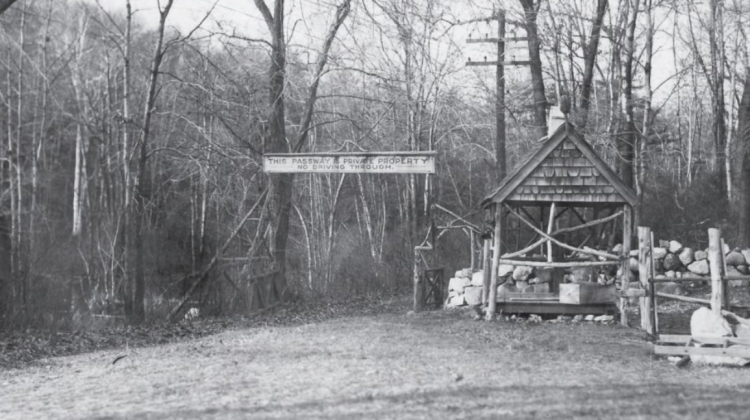SAUGUS — Benjamin Newhall Johnson began purchasing land in Saugus for use as hunting grounds in 1891.
The property, then known as Six Hundred Acres, was owned by Daniel Hitchings and his son, Nathan, in 1771 and its only structure at the time consisted of a farmhouse.
Johnson, alongside his business partners, neighbor, banker and President of the Lynn Gas and Electric Company, Micajah P. Clough, and John Bartlett began their work on the then small parcel of land which is now known as Breakheart Reservation.
The farm changed ownership over the following years, eventually ending up in the hands of Edward Edmands, who sold the property to the Breakheart Hill Forestry for $1 in 1892.
The land, which was originally envisioned as hunting grounds, was opened for usage on June 12 of that year.
The men decided to call the property Breakheart Hills Forest.
As the group began purchasing the land of the then-dubbed “Six Hundred Acres” in piecemeal, they eventually created two man-made lakes on the property, now known today as Pearce Lake and Silver Lake, named after Leo Silver, a dentist in town, and John A.W. Pearce, the then principal of Saugus High School, respectively.
In 1897, Johnson and his cohorts hired George E. Bailey to tend to the property.
In 1900, Breakheart was home to a grisly murder. After a dispute over pay, Bailey, who also worked selling milk and eggs at the farm which was also located on the property, was killed. Bailey’s body was dismembered and discovered headless, armless, and legless, in Floating Bridge Pond.
After Bailey’s killer, John C. Best, was executed via electric chair on September 9, 1902, Breakheart quieted once again, a sanctuary and refuge for Johnson’s friends and family.
The news of Bailey’s killing was featured as front page news at The Daily Evening Item for 23 consecutive days.
Throughout the 1900s, land continued to be purchased by Johnson, Clough, and Bartlett, eventually changing ownership, and much like its origins, was eventually sold off.
In 1933, the land was purchased by the Metropolitan District Commission (now the Department of Conservation and Recreation) for $40,000. The Boston Globe reported in 1936 that all 900-some acres of the property would soon be open to the public to enjoy.

